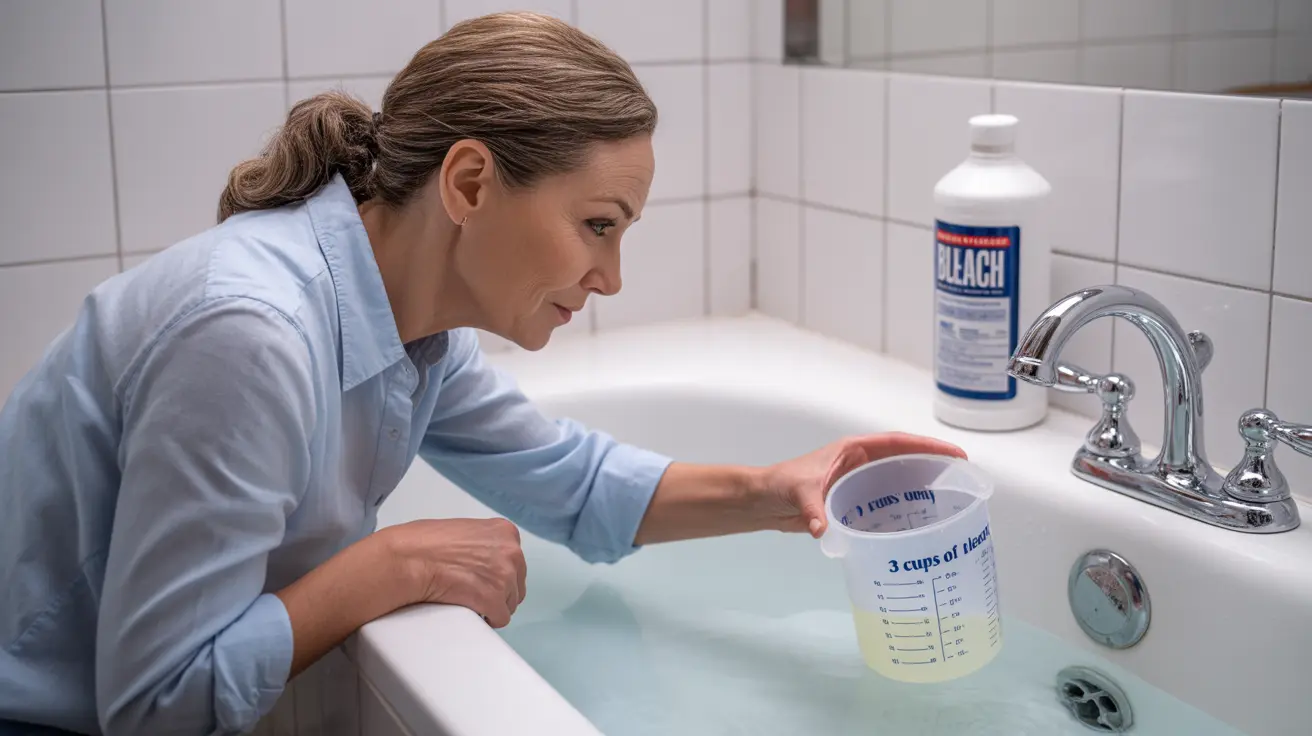For individuals struggling with psoriasis, finding effective ways to manage symptoms and prevent complications can be challenging. Bleach baths have emerged as a potential complementary treatment option that, when used correctly, may help some people with psoriasis manage their condition. This comprehensive guide explores the benefits, risks, and proper usage of bleach baths for psoriasis management.
Understanding Bleach Baths for Psoriasis Treatment
A bleach bath involves adding a carefully measured amount of household bleach to bathwater, creating a diluted solution that may help reduce inflammation, itching, and bacterial presence on the skin. While not a cure for psoriasis, this therapy can be part of a broader treatment strategy when used appropriately and under medical guidance.
Benefits of Bleach Baths for Psoriasis
Bleach baths may offer several potential benefits for people with psoriasis:
- Reduction in inflammation and redness
- Decreased itching sensation
- Lower risk of bacterial infections
- Temporary relief from scaling and irritation
- Cost-effective supplementary treatment option
Proper Preparation and Safety Guidelines
Creating a safe bleach bath requires careful attention to measurements and safety procedures:
Correct Dilution Ratio
The proper bleach-to-water ratio is crucial for safety:
- Use 1/4 to 1/2 cup of regular household bleach (6% sodium hypochlorite)
- Add to a full standard bathtub of warm water (40 gallons)
- Never use concentrated bleach or increase the recommended amount
Safety Precautions
Follow these essential safety measures:
- Use only regular household bleach (avoid scented or color-safe varieties)
- Ensure proper ventilation in the bathroom
- Test water temperature before entering
- Limit bath time to 10-15 minutes
- Rinse thoroughly with clean water afterward
- Apply moisturizer immediately after bathing
When to Avoid Bleach Baths
While bleach baths can be helpful for some, they're not suitable for everyone. Consider avoiding this treatment if you:
- Have open wounds or severe skin breakdown
- Experience sensitivity to chlorine or bleach
- Have active psoriasis flares with raw skin
- Are pregnant or nursing (consult healthcare provider first)
- Have respiratory conditions affected by bleach fumes
Moisturizing and Aftercare
Proper aftercare is essential to prevent skin dryness:
- Pat skin dry gently with a clean towel
- Apply prescribed medications if directed
- Use a thick, fragrance-free moisturizer
- Wait at least 24 hours between bleach baths
- Monitor skin response and adjust frequency as needed
Frequently Asked Questions
How do bleach baths help reduce symptoms like itching and inflammation in psoriasis?
Bleach baths may help reduce inflammation and itching by decreasing bacteria on the skin and providing an antimicrobial effect. The diluted bleach solution can help calm irritated skin and potentially reduce the severity of psoriasis symptoms.
What is the proper way to prepare and take a bleach bath for psoriasis safely?
Add 1/4 to 1/2 cup of regular household bleach to a full bathtub of warm water. Soak for 10-15 minutes, avoiding submerging your head. Rinse thoroughly with clean water and immediately apply moisturizer after patting dry.
Are bleach baths effective for preventing skin infections in people with psoriasis?
Yes, bleach baths can help reduce the risk of skin infections by decreasing harmful bacteria on the skin's surface. However, they should be used as part of a comprehensive treatment plan rather than as a standalone solution.
Who should avoid using bleach baths if they have psoriasis or sensitive skin?
People with open wounds, severe skin breakdown, chlorine sensitivity, or active psoriasis flares with raw skin should avoid bleach baths. Those who are pregnant, nursing, or have respiratory conditions should consult their healthcare provider first.
Can bleach baths cause dryness or worsen psoriasis symptoms if not used correctly?
Yes, improper use of bleach baths can lead to increased dryness and potentially worsen symptoms. Following proper dilution ratios, limiting bath time, and maintaining good aftercare with moisturizers is essential to prevent adverse effects.




